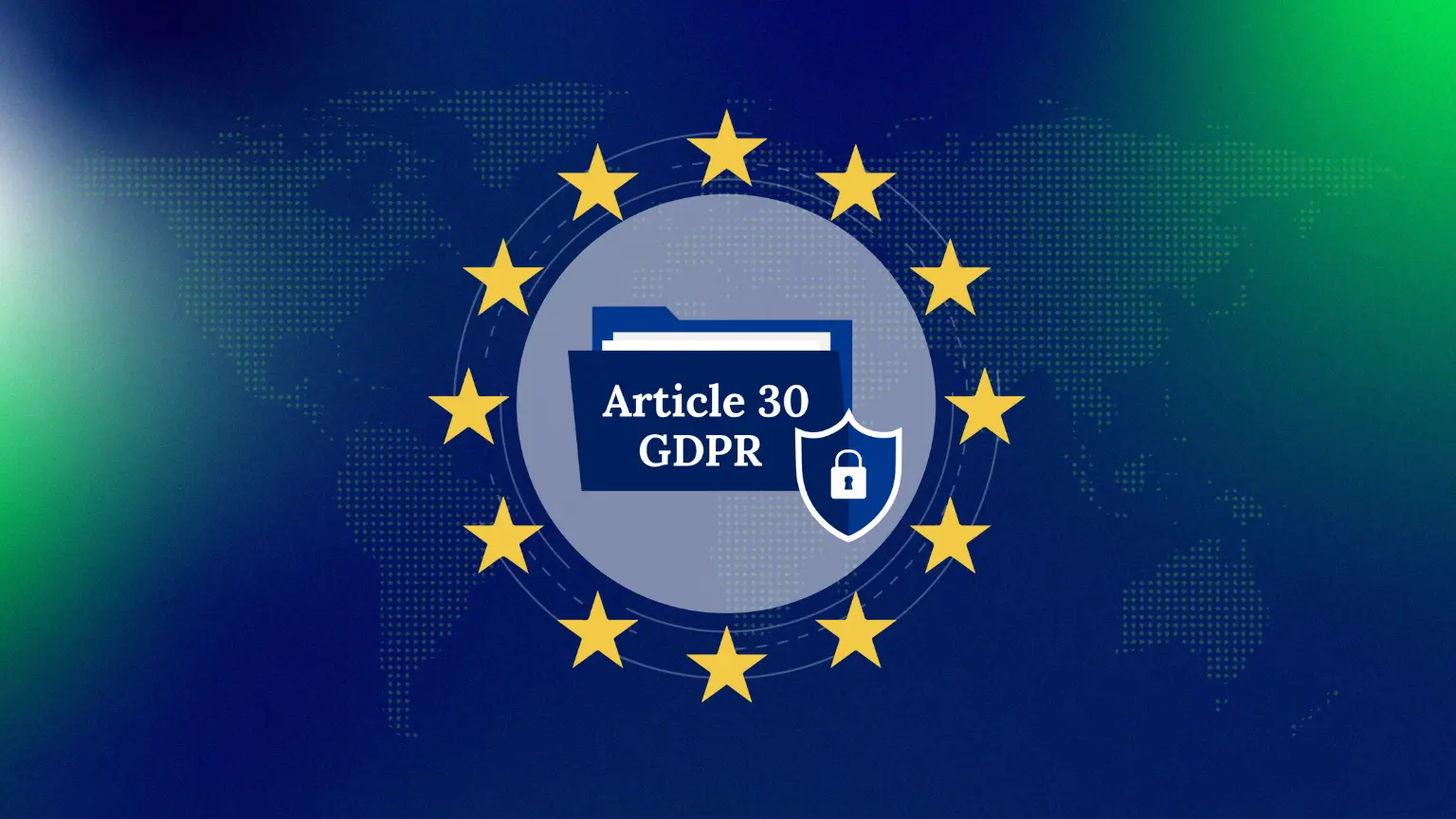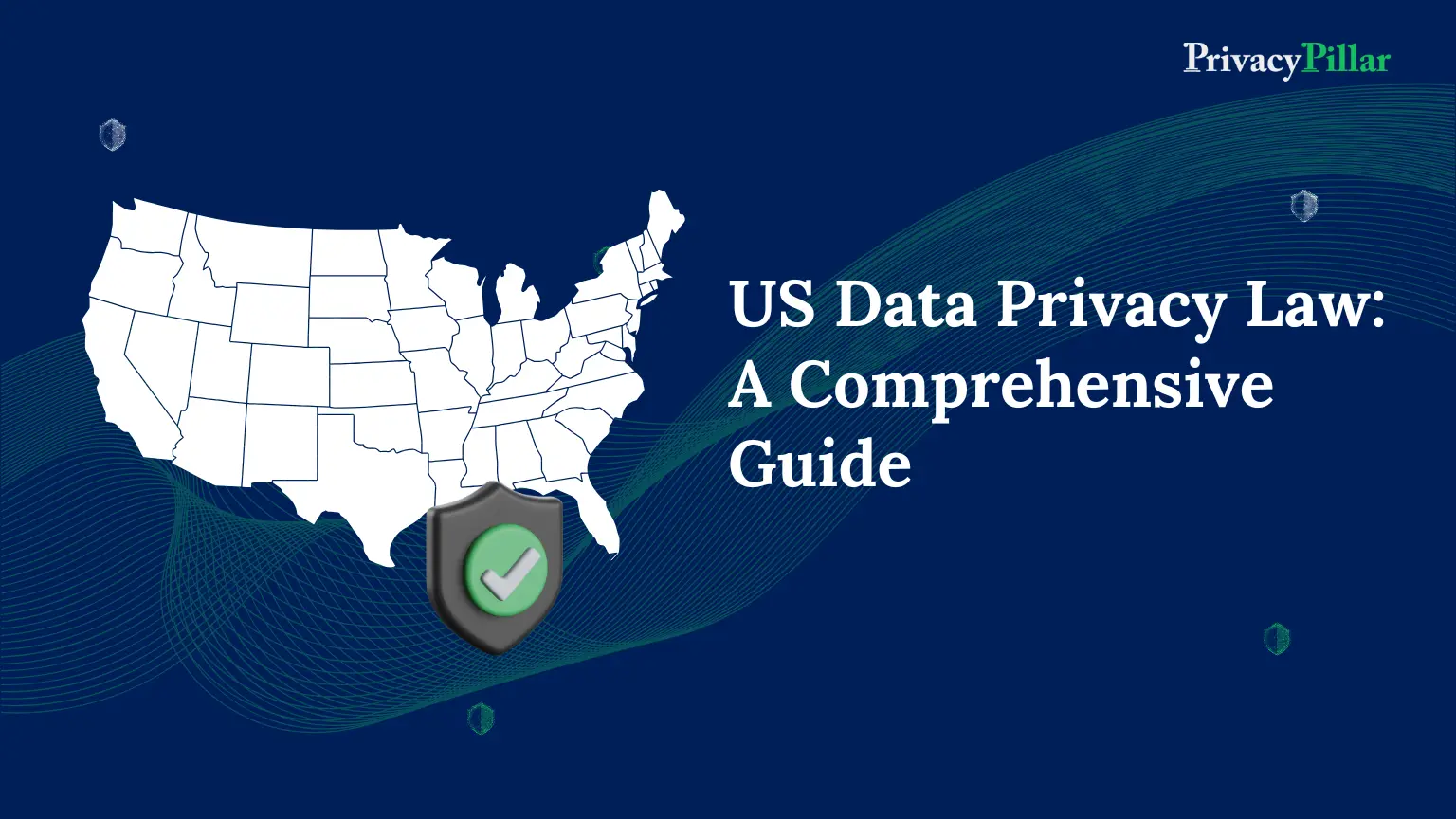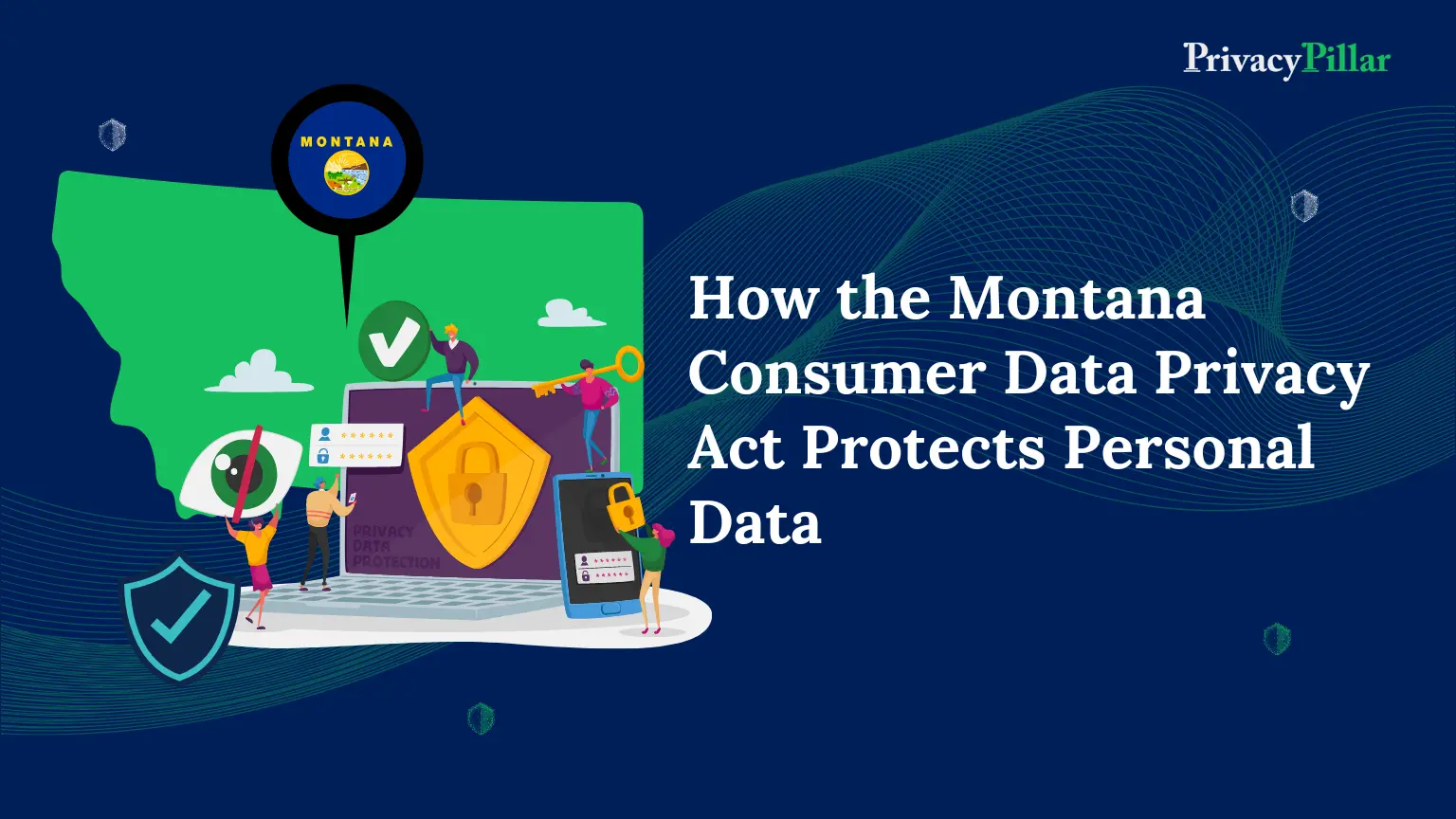
What is Article 30 of GDPR?
Does your organization have to comply with GDPR Article 30?
Do you have trouble understanding the jargon? Do you still need a detailed guide to help you know Article 30 of GDPR compliance?
There are 91 articles in the General Data Protection Regulation (GDPR), divided into 11 chapters of varying complexity.
There are several requirements that businesses of all sizes must meet to either become GDPR compliant or maintain ongoing compliance.
The GDPR’s Article 30 is one such mandate.
Organizations must keep a record of their data processing activities, also called an Article 30 Report or a Record of Processing Activities (RoPA), under the General Data Protection Regulation (GDPR).
A well-executed RoPA can have a significant positive impact on your company.
Furthermore, setting up and keeping up a RoPA doesn’t have to take a lot of resources.
To help you with your compliance procedures, we have covered all you need to know about Article 30 of GDPR in this article.
What is GDPR Article 30?
A legal requirement known as Article 30 of the EU General Data Protection Regulation (GDPR) states that companies that handle personal data must keep a record of their processing operations.
This law, passed in 2016, impacts all controllers and processors of personal data information for businesses subject to GDPR.
What is a RoPA?
A document that records an organization’s data processing operations is called an Article 30 Report or RoPA Report.
- Any information that can be used to directly or indirectly identify an individual is called “personal data,” including name, email address, and even device and technical specifications.
- “Processing” personal data covers collecting, storing, deleting, or disclosing data.
According to GDPR Article 30, creating and maintaining a RoPA is legally required. As part of an inquiry or in response to a complaint, regulators may request to see a company’s RoPA.
What are the specific requirements for a RoPA?
Businesses need to record the data they process and explain why it is being done.
A description of the types of personal data and data subjects must be included in this record.
They also must disclose who is receiving the data and identify any foreign companies or third-party countries receiving these personal data.
Records must also include the name and contact details of the controller or any of his representatives who collect the data and their information.
Records should specify when personal data will be deleted.
If relevant, there should also be a description of the security precautions to safeguard sensitive data during its retention period.
Additionally, written and electronic records must be maintained, prepared, and easily accessible to the supervisory authorities upon request.
Who does it apply to?
Only companies with 250 or more employees are required under the GDPR to maintain these records of processing activities (RoPA).
As with other regulations, there are exceptions, and smaller businesses may also need to abide by Article 30.
If “personal data relating to criminal convictions and offenses” is processed, there is one exception.
Because of that and other exceptions, smaller businesses must abide by this new regulation or risk facing harsh penalties.
Benefits of creating a RoPA
In addition to meeting legal requirements, creating a RoPA is an excellent approach to maintaining organization and control over your data processing operations.
A RoPA offers a distinct “bird’s eye” view of:
- What personal data are you collecting?
- Why are you collecting personal data?
- How you’re using personal data.
- Who you are disclosing personal data to.
- Whether you’re protecting personal data.
Though it’s easy to collect and share personal data without realizing it, surprisingly, most businesses believe they know it all.
Creating a RoPA will ease your mind and ensure you comply with the GDPR and other privacy and data protection regulations.
What to include in your RoPA?
The GDPR’s Article 30 outlines the RoPA requirements for:
Controllers: Organizations that determine the purpose and way of processing personal data.
Processors: Organizations that process personal data on behalf of a controller.
The GDPR outlines the minimal information that must be included in a RoPA. If the additional information is helpful for your operations, you may wish to have it.
RoPA requirements for controller
A controller is required by Article 30 to include the following details in its RoPA:
- The name and contact information of the controller, any joint controllers, and its data protection officer, if relevant.
- The purposes for processing personal data, such as “sending customers marketing emails,” are the purposes of the processing.
- The categories of personal data, such as “email addresses,” and data subjects, such as “subscription customers.”
- The groups of people who receive personal data (for example, “email marketing providers”).
- Details about any international transfers of personal data, including the relevant third country and safeguard.
- Periods for which personal data is stored (such as “two years” or “until the data subject unsubscribes”).
- Information about data security measures, such as “encryption in transit and at rest.”
Additional information, such as the legal basis for processing various categories of personal data, may also be helpful in the record.
RoPA requirements for processor
A processor must include the following details in its RoPA:
- The names and contact information of each of the processor’s controllers and the processor’s data protection officer, if relevant.
- The processing categories that each controller handles (for example, “sending marketing emails, storing customer email addresses”).
- Details about any international transfers of personal data, including the relevant third country and safeguard (e.g., “United States, standard contractual clauses”).
- Details about data security measures, such as “encryption in transit and at rest.”
How to ensure your RoPA is up to date?
All businesses are dynamic and continuously expand their business channels and speed up production by deploying tools, taking new vendors, and adding additional cloud assets.
Your company should always use methods to look for vulnerabilities and apply patches to reduce risks if it wants to maintain an effective security posture.
Similarly, if a GDPR Article 30 report is not updated regularly, it would become outdated.
Measures to take to ensure an up-to-date GDPR report:
- Determine the risk and schedule for a review procedure.
For example, if you believe that your organization is high-risk, a quarterly assessment is advised. A check should be done every six months for medium risk and promptly every year for low risk. - Compile your Article 30 report with a Privacy Impact Assessment (PIA) and a Data Privacy Impact Assessment (DPIA).
- Make sure that vendor management aligns with GDPR Article 30.
How does Article 30 of GDPR affect your business?
The general misconception about GDPR is that only businesses with more than 250 employees must comply if they process EU citizens’ data.
With internet-based companies reaching global customers, data collection and the cross-functional use of various data sets have become popular.
This means that the GDPR now applies to even the smallest of organizations. Becoming and maintaining GDPR compliance prevents significant administrative penalties and damage to one’s reputation.
Organizations can map the flow of data sets throughout their environment and determine the categories of personal data they process with the help of GDPR compliance article 30.
This enables them to establish a foundation covering elements of additional requirements.
Conclusion: Why is RoPA significant?
Article 30 of the GDPR has more specific guidelines and standards than any previous privacy regulation.
Every state in the United States can regulate data privacy; the federal government does not.
The California Consumer Privacy Act (CCPA) is the state regulation most closely resembles the GDPR.
Its goal, when it was signed into law in 2018, “was to extend consumer privacy protections to the internet.”
Companies cannot sell customers’ personal information without providing them with a web notice and the option to opt out.
The level of detail required by Article 30 and RoPA in data processing makes compliance with other GDPR rules much more straightforward.
The GDPR has several aspects, including Data Subject Requests (DSRs).
The regulations and penalties do not depend on whether the data subject requests the information.
Maintaining a RoPA, even if it has nothing to do with a subject’s request, is mainly about GDPR compliance to avoid penalties.
It is still crucial to protect the data to prevent negligence from allowing it to be leaked in other ways.



